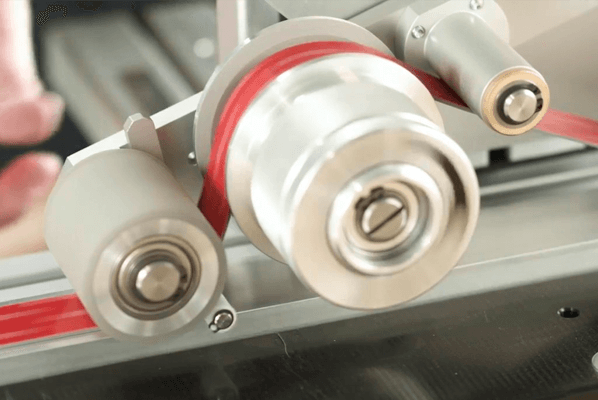Tape is a product that just about everyone is familiar with, from small children doing arts and crafts to adults who use it at work or in countless applications at home. But as a material to be incorporated in product development, not every engineer is so well versed in tape’s unique characteristics and capabilities. At The Tape Lab, we get a lot of questions about tape products and pressure-sensitive adhesives in general, and we’re happy to help guide our customers and partners in the right direction. Here are some of the most frequently asked questions about pressure sensitive tapes.
What are ideal storage conditions and how long can tape be stored?
The shelf life of pressure sensitive tape depends on the specific tape in question. But a general rule of thumb is that you can store tape for up to one year without compromising performance, as long as it is stored under the proper conditions. Those conditions are generally between 60- and 75-degrees Fahrenheit with relative humidity.
What do I need to do to prepare surfaces for tape application?
Pressure-sensitive adhesives used in most tape products form a chemical bond with the surface to which they are applied. This is what gives them the holding strength that makes them useful. However, this also means that any contaminants on the surface of the application can compromise that bond because the tape is sticking to those particles, and not the intended surface. For this reason, application sites should generally be dry and free of any substances like grease or oil. If you have a tape need for surfaces that may inherently contain these kinds of contaminants — such as medical tapes where moisture is a primary concern — talk to an experienced converting partner about your options.
Are there minimum widths for slitting tape?
Yes, there are minimums, but the exact specification depends on the equipment used to cut the tape and the material being cut. For example, some converters can cut a standard transfer tape down to around ¼”, but the minimum for reinforced transfer tape may be as high as 6”. This is why it’s important to vet any prospective converting partner carefully to make sure they have the experience and capabilities you need for your application.
Why are application temperature and service temperature important?
Application temperature refers to the temperature of the environment at the time the tape is bonded to the application surface. Different adhesives used in common tape products have different viscoelastic properties at various temperatures that can affect the strength of the bond. So, if your manufacturing plant is too hot or too cold, the tape may not bond properly.
Service temperature refers to the environment the product will experience after the tape has bonded to the application and is being used. This can also impact performance. So, if the finished product is used in too hot or too cold of an environment, the tape could fail. Taking these kinds of environmental factors into account will be critical when choosing materials during product development.
What are my options for tape backing materials?
Tape backing is the material that holds the adhesive in place so it can be used in various application. Options for backing materials include paper, cloth, film, foam and others. In double-sided tape, you can think of tape backing as the material between the two layers of adhesive.
Tape backing is different from a release liner that simply provides a means to transport adhesive material until it is applied. Adhesive transfer tapes, for example, do not feature tape backing. An experienced converter can help you choose the right type of backing and release liner for your specific application.
Do liners on a tape matter?
The quick answer is yes. Liners don’t just protect the tape. The liner has different release values in many cases and it plays an integral role in how the tape is applied in applications as well as how it is laminated to other flexible materials. An experienced converter knows how to mix and match liners on tapes to ensure they function well in any engineered application.
Have other questions about tape cutting, converting or tape materials in general? Contact The Tape Lab and we’d be happy to answer any questions and help bring your products from idea to commercial production.
